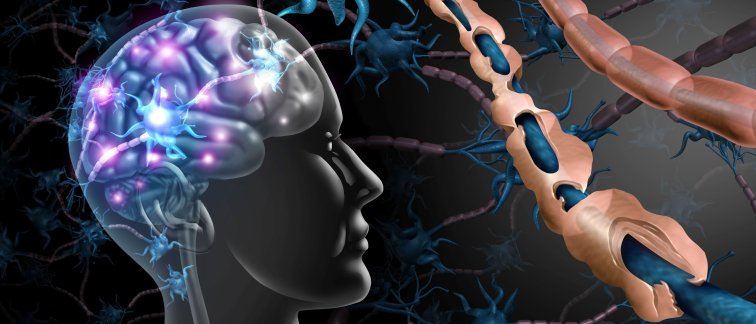Multiple sclerosis (MS) in an inflammatory, immune-mediated disease of the central nervous system. In advanced MS, the presence of active and mixed active/inactive white matter lesions correlates with a faster accumulation of disability, disease progression, and an unfavorable genetic risk profile. Active and mixed active/inactive lesions are enriched for CD8+ and to a lesser extent CD4+ T cells, proportionally infiltrating the parenchyma and having a TRM-cell phenotype, the latter suggesting mobilization from the perivascular space rather than recruitment from the circulation.
We postulate that myelin-laden microglia/macrophages in mixed active/inactive lesions not only may provide signals critical for T- and B-cell activation, but also may receive signals from T and B cells amplifying their phagocytic potential. In collaboration with the Neuroimmunology group and the Netherlands Brain Bank at the Netherlands Institute for Neuroscience, led by Prof Inge Huitinga, we are studying the contribution of resident immune cells to white matter lesion formation progressive MS.
We postulate that targeting the (re)activation and mobilization of T cells, B cells, and microglia/macrophages could be effective in controlling white matter lesion formation and related disability progression in advanced MS.
References: Smolders et al, Acta Neuropathol 2013; Smolders et al, Nat Commun 2018; Van der Poel et al, Nat Commun 2019; Fransen et al, Brain 2020; Smolders et al, Expert Rev Neurother 2020.


